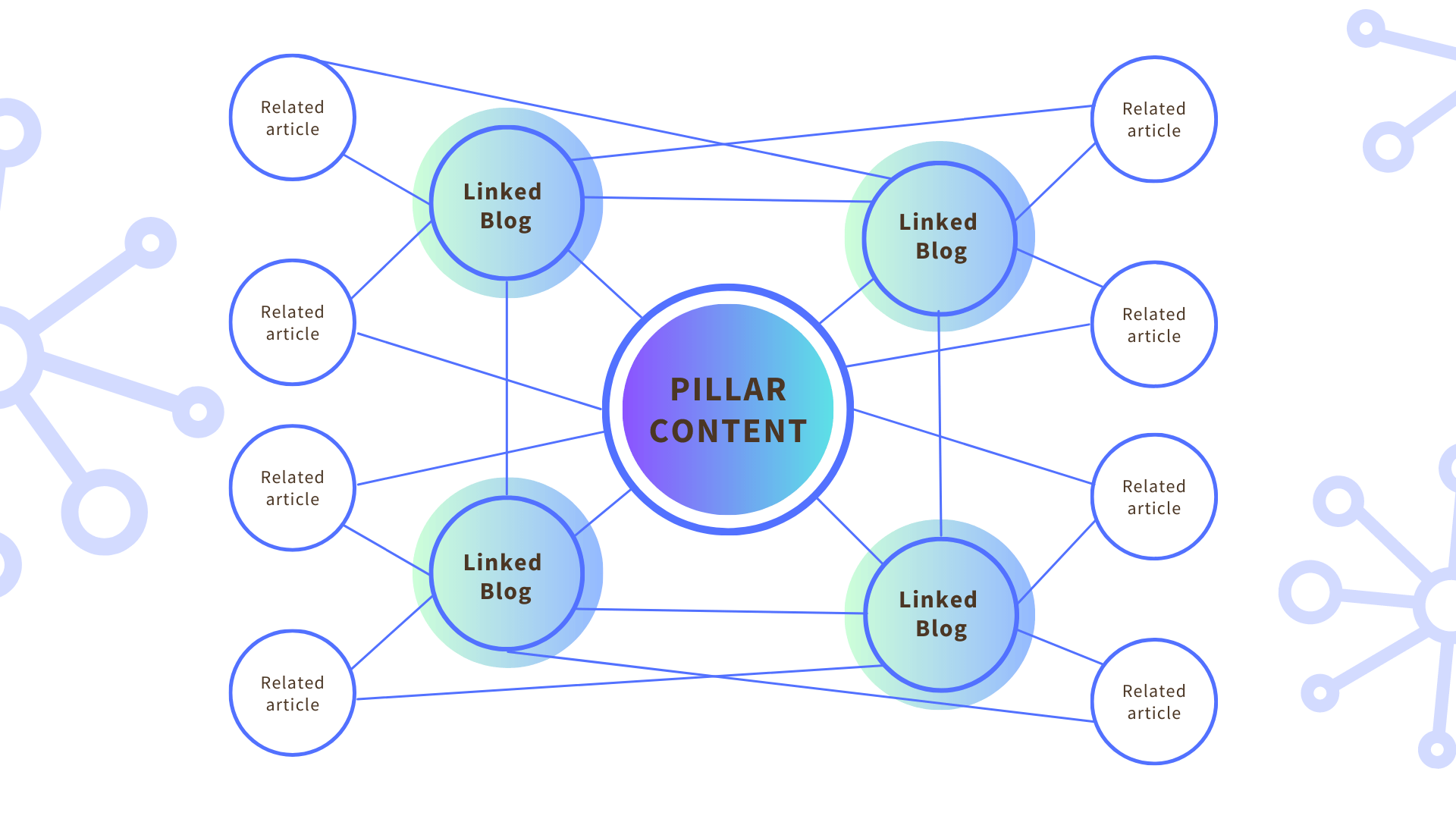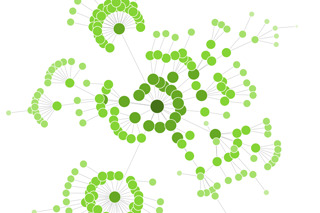Making the Most of Content Clusters
In the early days of SEO, optimising your content often meant little more than including as many keywords, and their variations, into your article as possible. Things have changed a lot since then, now search engines reward thoughtful, helpful content that comprehensively answers the questions being asked by searchers, as outlined in Google’s EEAT guidelines. Whilst this has undoubtedly improved the search experience, allowing for more contextually relevant content to rank for related searches, it means that SEO experts have had to get more creative with content marketing strategies: Enter content or topic clusters.
Content clusters are a powerful tool in your SEO arsenal, allowing you to create intelligent, complex, interlinked content structures within your site. These structures will allow you to demonstrate expertise around a specific topic, leading to better rankings, and increased search engine visibility.
What is a Content Cluster?
If you’ve been keeping up with our SEO guides, you’ll know we’ve spoken about content hierarchies before. If not, here’s a quick breakdown: content hierarchies exist to strategically position and interlink your content, using a “hero” or pillar piece of content and structuring other closely related, but smaller, more hyper-focused pieces around it. Content hierarchies help your audience navigate your content, and help search engines crawl and rank your pages, improving visibility.
Pioneered by Hubspot, you might be familiar with the concept of content clusters under another name. Whether you know it as cornerstone content, satellite content, or pillars and clusters, this all refers to the same idea when it comes to organising content.
Content clusters follow the same principle – once you have a central pillar page, you can “cluster” other content around it to support the theme of the pillar, and use this as the basis of your strategy. However, unlike content hierarchies, which include external links from other sources, developing content clusters purely focuses on the content you create yourself and takes place entirely on your own website. A simple version of your content cluster, therefore, will look like this, with each interlinked piece passing on authority to each other.

Content clusters give you the opportunity to thoughtfully order your content, and align well with recent Google algorithm updates, which in recent years have moved away from prioritising pages stuffed with keywords to rewarding content that better answers more complex search queries with helpful, well-written content that matches search intent.
Choosing Your Pillar Content
The first step in building your content cluster is choosing your central piece of content – the pillar or hub page that the rest of your content will surround. A good place to start when deciding on your pillar is by going back to your keyword research. Assuming you’ve already performed in-depth keyword research, you will have noticed certain groups naturally forming, and patterns in the variations relating to your core keywords. You can use these to start to form your pillar and cluster focus, with the most prominent shorter tail keywords in the centre. Your pillar should cover a range of talking points briefly, allowing the opportunity for your spin-off cluster content to elaborate on these points in further detail.
Once you know what keywords will be contained within your central pillar, you can decide the best topic to focus on that will encompass this, not forgetting to incorporate opportunities to link to the peripheral content and potentially other pillars.
Delving Deeper
Once your pillar is in place, you can then start thinking about the rest of the content that will form your cluster. Look at the main topics you touched on in your pillar piece, and think about how you can provide a deeper insight into what you’ve already covered. This may mean expanding on what you’ve already touched on, or discussing a related topic that provides logical, natural opportunities to link the pieces together.
When considering your clusters, don’t just think about how they tie into your pillar piece. Ideally, each individual component in your cluster should link to as many other blogs, articles, or other pages on your website as possible. Remember, the idea is to create a web of interlinked content. However, it is important to make sure your links make sense in context, taking your audience to pages they can reasonably expect to visit. Don’t include links just for the sake of it, as this will offer a poor user experience and cause more harm to your SEO efforts in the long run.
Thinking About Linking
It’s no secret that building both internal and links from external sites is important for SEO. A well-placed link with supporting anchor text will help bolster your content, guiding users to other useful pages in your site, signalling to search engines that you know your stuff, and the page you are linking to will also receive a bump in search visibility. When creating content clusters, it may be tempting to link to every piece of content on your site that relates to what you’re writing, but this may not be to your advantage. Content clusters require you to be intentional with your linking, creating a web that links to each other in a more thoughtful way. Think carefully about each link, its value, purpose and placement, when planning your clusters to maximise your efforts. It is also important to consider the anchor text you use – relevant, informative anchor text will only help your SEO efforts, whilst an unclear or unrelated choice will have a detrimental effect.
Get Support With Content Clusters
Creating an effective content cluster can be complex, especially if you don’t know where to start. Luckily, at Bespoke Digital, our team of experts are on hand to support you. For more advice, or any other SEO Queries, get in touch with us today.

